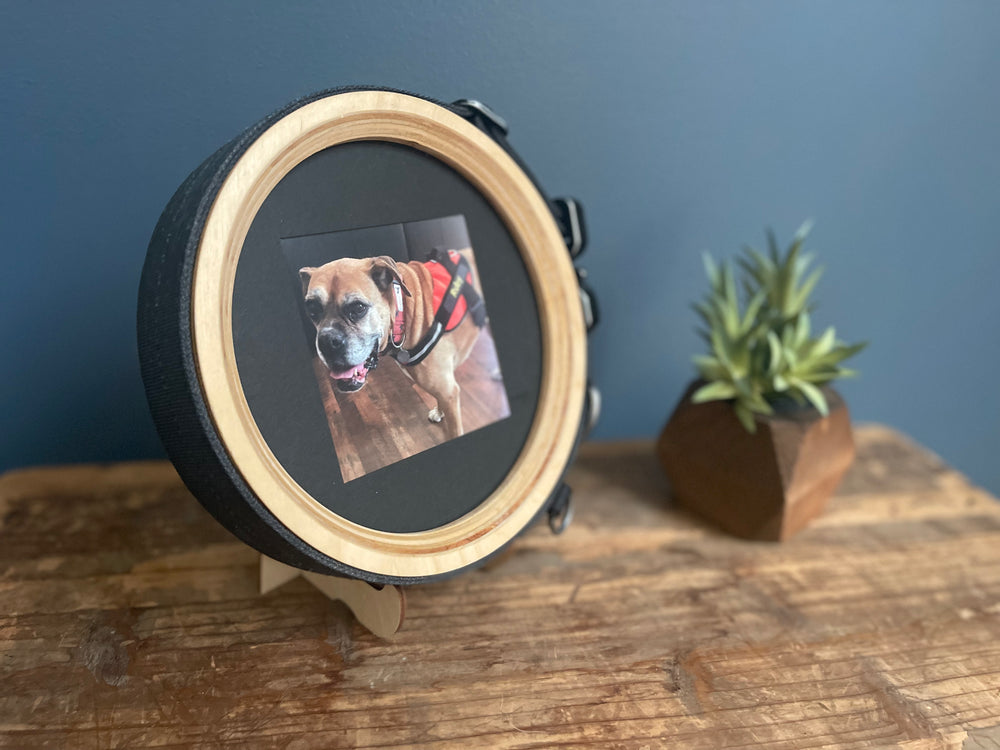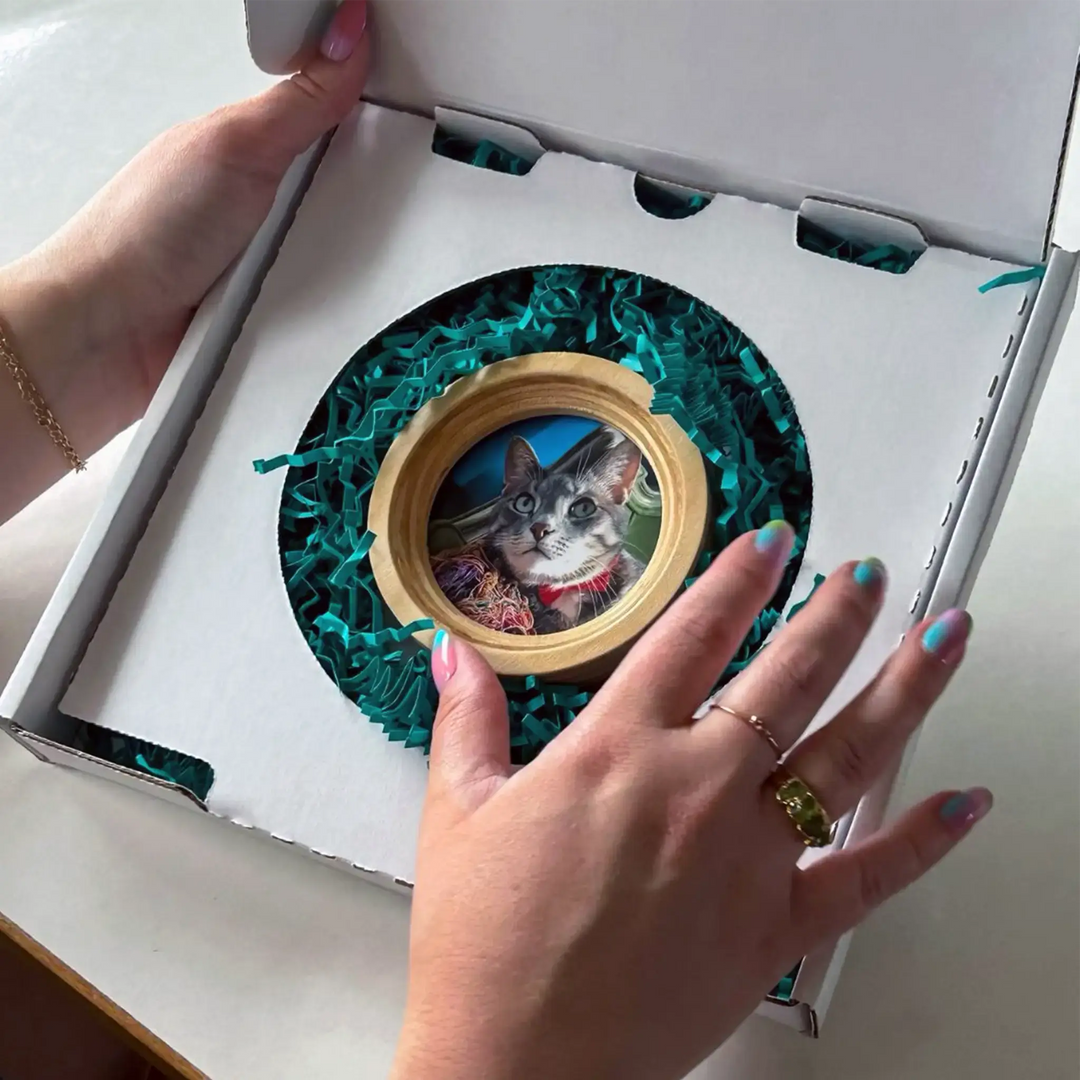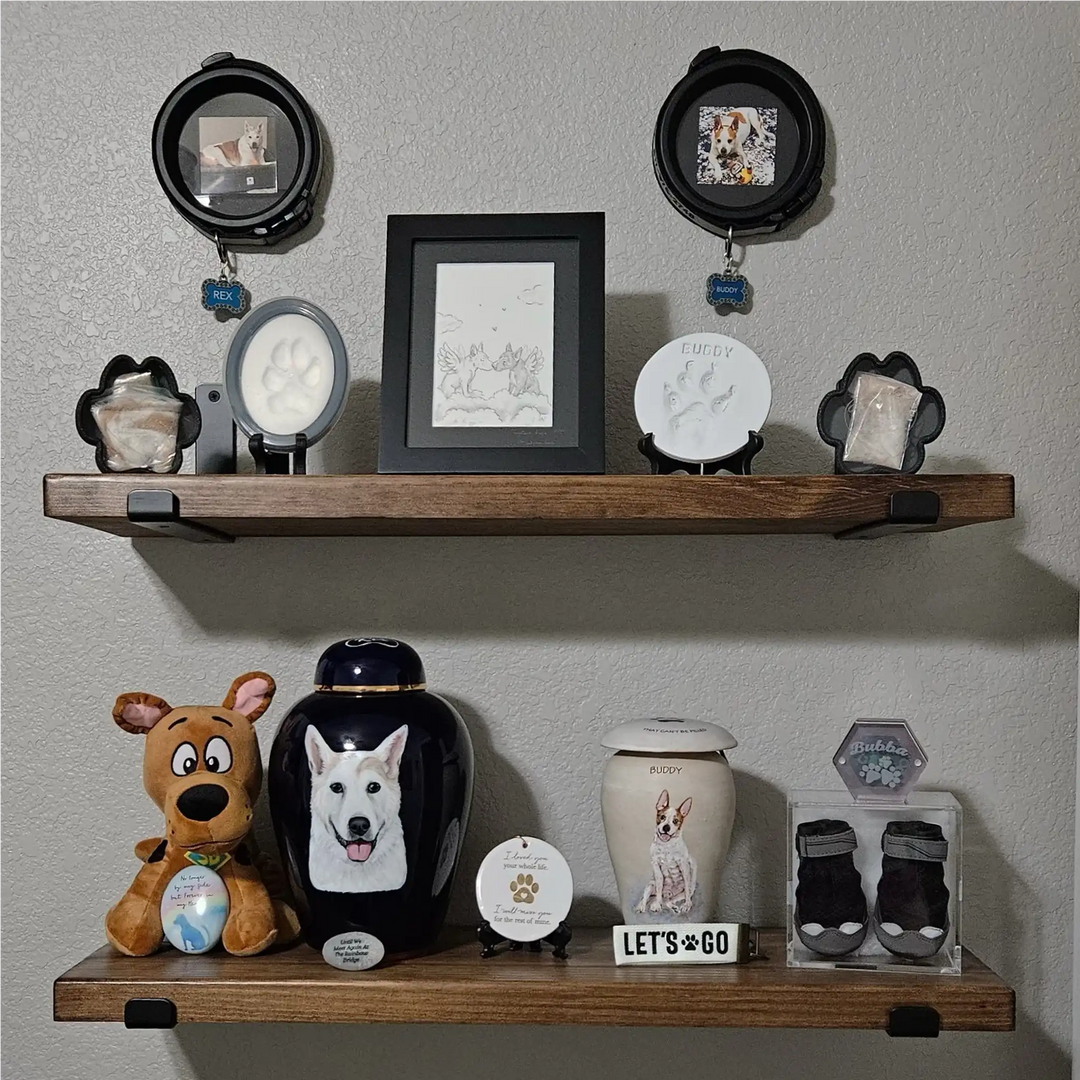How to Talk to Your Child About Losing a Pet (Gentle Guidance for Parents)
Losing a pet is heartbreaking—for adults and children alike. But for kids, this may be their first experience with death, and they often feel confused, scared, or even guilty. As parents and caregivers, we want to protect them from pain—but we also want to help them understand love, loss, and healing in a healthy way.
I know how heavy this conversation can feel. After losing my own dog, I learned firsthand that explaining a pet’s passing isn’t about having the perfect words—it’s about creating a space where children feel safe, heard, and comforted.
In this guide, I hope to offer gentle, honest ways to help your child navigate the loss of a beloved pet.
Why Losing a Pet Is So Hard for Children
Pets are more than animals—they’re best friends, daily routines, and emotional anchors. To a child, a pet is someone who listens to their stories, comforts them after hard days, and loves them without conditions. Losing that bond can feel like losing a piece of their world.
Children may experience grief differently depending on their age:
-
Ages 3–6: May not understand that death is permanent.
-
Ages 7–10: Begin asking deeper questions and may fear other loved ones dying.
-
Ages 11+: Fully understand loss but may struggle to express emotions.
No matter their age, children need truth, reassurance, and connection.
1. Be Gentle, but Honest
It may feel easier to soften the truth with phrases like “Fluffy went to sleep,” but that can actually confuse children or even cause fear around sleep. Use simple, clear language.
Try saying:
-
“Our dog died today. That means his body stopped working and he won’t be coming back.”
-
“I’m sad too. It’s okay to feel sad when someone we love dies.”
Honesty builds trust. It tells your child that hard feelings are safe to share with you.
2. Invite Questions (Even the Hard Ones)
Children may ask things like:
-
“Why did she die?”
-
“Where did he go?”
-
“Will you die too?”
-
“Was it my fault?”
It’s okay not to have all the answers. What matters is listening.
A helpful response might be:
“That’s a really good question. I don’t have a perfect answer, but I’m here with you and we can talk about it together.”
3. Validate Their Feelings
Kids often express grief through behavior, not words. They may seem angry, withdrawn, clingy, or restless—and that’s all normal.
Let them know their feelings are okay.
You might say:
-
“It’s okay to cry. I cry too sometimes.”
-
“It’s okay to be mad or confused. I understand.”
-
“There is no wrong way to feel right now.”
Avoid saying:
-
“Be strong.”
-
“Don’t cry.”
-
“It was just a pet.”
Those phrases unintentionally dismiss grief. Instead, normalize their emotions.
4. Share Your Own Emotions (In a Supportive Way)
Children take cues from adults on how to grieve. Letting them see your feelings—without overwhelming them—teaches healthy emotional expression.
You can model this gently by saying:
“I really miss him too. He was such a special part of our family.”
This reassures children that grief is not something to hide—it’s a reflection of love.
5. Keep Routines for a Sense of Safety
Grief feels chaotic for children. Maintaining familiar routines like mealtimes, school, and bedtime can create emotional security. Structure helps them feel that life is still stable even when sad things happen.
6. Give Them Something to Do With Their Grief
Children often grieve physically—they need hands-on ways to express love and process emotions. Here are comforting ideas:
-
Draw a picture of their pet
-
Make a scrapbook of favorite memories
-
Write a letter or goodbye note
-
Help pick photos for a tribute
-
Keep a special item, like a tag or collar
-
Light a candle together
These rituals help transform grief into love they can still hold onto.
7. Create a Tribute Together
A memorial doesn’t have to be formal—it just has to feel meaningful. Many families find healing in creating something lasting.
Here are ideas:
-
Plant a tree or flowers in their pet’s memory
-
Frame a favorite photo
-
Display their collar in a Halo Frame or keepsake box
-
Create a “memory jar” and add notes inside
-
Share their story in a pet tribute space
If you’d like a safe, supportive place to honor your pet, you’re welcome to share their story in our Whisker & Fang Tribute Gallery. It’s a gentle way to keep their memory alive.
8. Reassure Them: It’s Not Their Fault
Children sometimes blame themselves:
-
“Did she die because I forgot to feed her once?”
-
“If I played with him more, would he still be here?”
Reassure them:
“Nothing you did caused this. You gave your pet a wonderful life, and they loved you very much.”
Removing guilt helps them heal with a healthier understanding of death and responsibility.
9. Let Them Say Goodbye
Children may need a moment of closure, even if they weren’t present when their pet passed. You can:
-
Hold a small remembrance ceremony
-
Visit their pet’s favorite spot
-
Share stories as a family
-
Say goodbye out loud together
Goodbyes are not about finality—they help the heart understand what the mind already knows.
10. Remind Them: Love Doesn’t End
This may be one of the most powerful lessons of all. Explain that grief exists because love exists—and love doesn’t disappear.
You can tell them:
“Even though they’re not here, your love for them is forever. They will always be part of our family.”
Helpful Phrases You Can Use
-
“I’m here for you.”
-
“It’s okay to feel whatever you’re feeling.”
-
“We’ll get through this together.”
-
“Your pet loved you so much.”
-
“It’s okay to talk about them anytime.”
Avoid:
-
“Don’t be sad.”
-
“You need to be strong.”
-
“You’ll get over it soon.”
-
“We’ll get a new pet.”
Should You Get Another Pet?
Children often ask quickly, “Can we get another dog/cat?” This usually comes from a desire to feel normal again—not because they’ve forgotten.
There’s no right timeline, but it helps to explain:
“One day we may feel ready to welcome another pet, but love isn’t a replacement. We’ll take our time and make that choice when our hearts are ready.”
Signs Your Child Might Need Extra Support
Most grief is healthy and natural, but professional support may help if you notice:
-
Persistent withdrawal
-
Changes in sleep or eating patterns
-
Aggressive behavior
-
Severe anxiety or fear
-
School difficulties
-
Ongoing guilt or depression
If you’re concerned, consider grief counseling or child therapy. Pet loss is real loss—and it deserves care.
You’re Not Alone
Supporting a child through pet loss can feel overwhelming, especially when you’re grieving, too. But you don’t have to do it alone. We’ve collected gentle grief resources and support options here:
👉 https://whiskerandfang.com/pages/support
Your love for your pet—and your child’s love—is a gift that never fades.
Disclaimer
This article is intended for informational and emotional support only and is not a substitute for professional mental health advice. If you or your child are struggling, please reach out to a licensed counselor, psychologist, or grief professional.






Leave a comment